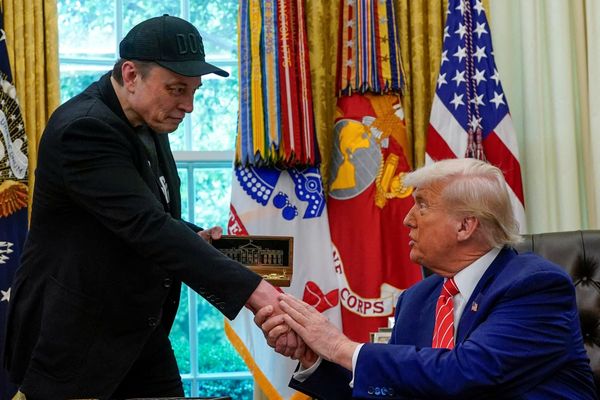
Reena Pereira-Almeida (30) was born in a 100-year-old village called Giriz in Vasai (formerly Bassein), in one of the original East Indian Catholic families — the Valkars — of Mumbai. Growing up, she would often hear stories about the community from her uncles and aunts, and her Nana (grandmother) “who was a storyteller of the first water (sic)”.
But it was only after Almeida — who has a background in communication and design — moved to Australia that she felt the need to document the history of her community. “Living in a different country tends to make you more aware of your cultural identity. Even within India, we are often confused with the Goan counterparts. Many Mumbaikars view us as a novelty. Regardless, we are part of the very fabric of the city,” she says.
In October 2017, Almeida started the digital archive – East Indian Memory Co. While the website features longer narratives, its Instagram handle and Facebook accounts feature snippets about wedding practices, food, jewellery, music, common phrases, architecture and fashion of the community.
Who are the East Indians?
East Indians are native Christians of Mumbai and are considered the original residents of the Bombay, Thana and Salsette islands. Their origins date back to the 15th and 16th century when Portuguese missionaries converted members of local farming, fishing and salt-making communities to Roman Catholicism. “Because of our ethno-religious nature, our religious customs, our language and even our dress is a marvellous combination of Maharashtrian, Portuguese, Christian and Indian traditions,” says Almeida.
While the community is rooted in Mumbai, efforts are on to create awareness about their traditions. “We have travelled a long way from being farmers, carpenters, potters, clerks and orchard growers. While many East Indians moved abroad, the ones who live in Mumbai/the rest of India are dealing with their land being grabbed in the name of development. (And) If you are not part of an East Indian gaothan (village), it is hard to feel a connection to the community or have that sense of cultural pride,” says Almeida.
Keeper of culture
Through East India Memory Co, Almeida highlights the contribution of notable East Indian Catholics, documents celebrations like marriages and festivals, as well as explores trickier topics like immigration, property disputes, youngsters pursuing unusual occupations, and the rare political participation. “I don’t want to only talk about the gloss and glory of the community. I also want to broach subjects that are often pushed under the rug,” says Almeida.
Snippets on the site describe tomb markers engraved in Portuguese, scenes from an East Indian wedding where people gather to cook together, images of staple dishes like Chinchavni (an onion, tamarind and tomato-based dish prepared using East Indian-style Fish Masala) and fugia (deep-fried, cotton-soft balls of flour), as well as historic photos of East Indians.

For Almeida, the exhibit that has the most resonance is her grandmother’s Lugra (a 10-yard sari with a chequered weave and an ornate border). “For me, my Nana’s Lugra (old and stained, a family heirloom) is a personal reminder that history and heritage are fragile things and must be dealt with care and respect, but most importantly with objectivity, despite the need to present it in a good light,” adds Almeida.
Almeida, who shuffles between her families in Mumbai and Brisbane, spends a lot of time interviewing community members for stories. “People talk, and when they have an unusual story about someone who sounds perfectly ordinary, that’s when I know I have found the person I want to know more about,” says Almeida.
The East Indian Memory Co currently offers products such as calendars and dresses, which are created in conjunction with Almeida’s research. In the future, she is hopeful of writing a book or hosting an exhibition based on the research material in her possession.
To learn more about the East Indian community, visit eastindianmemoryco.com.
Follow them on Instagram and Facebook.
Follow @htlifeandstyle for more







